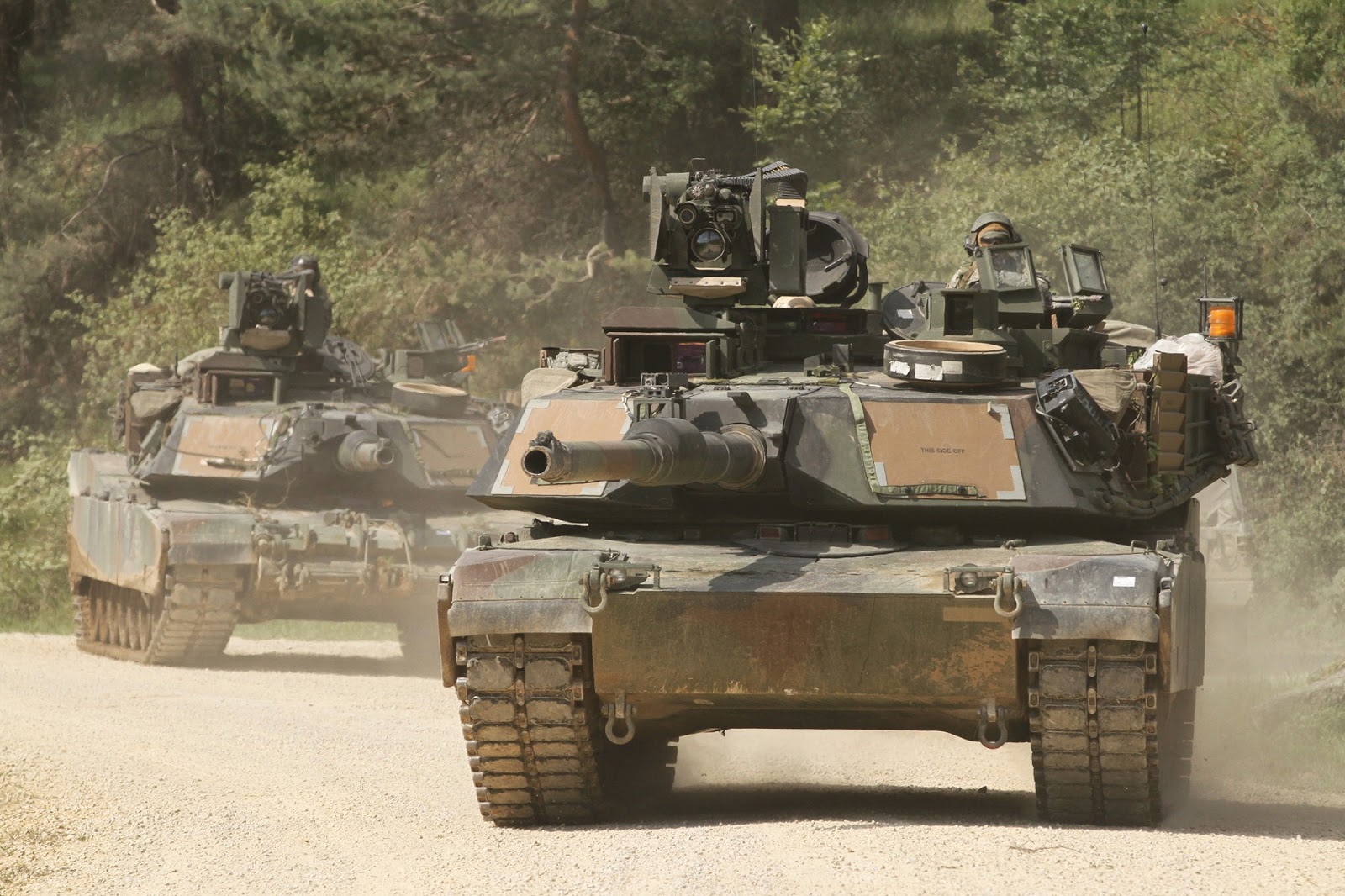Image 1: M1A2SEP main battle tanks participating in the Combined Resolve II exercises in Germany. Image Credit: US Army, 2014.
Part I and Part II discussed Russian objectives in Eurasia and the methods it has used to meet its two main objectives: achieving nuclear parity with the United States and establishing Russian hegemony in the near abroad. Upcoming articles will make a series of military, diplomatic, and economic recommendations to the Obama Administration and the Congress with the goal of safeguarding American interests in Europe. In order to put the recommendations in context, a brief overview of the US grand strategy in foreign policy will be provided.
The grand strategy of the United States has been to to maintain hegemony in the Western hemisphere by ensuring no great
power rivals form within its periphery while simultaneously preventing other powers from attaining hegemony in their own
geographic region.
"The underlying rationale behind this policy is straightforward: As long as Eurasia is divided among many major powers, these states tend to worry most about each other and cannot concentrate their capabilities or their attention on the United States. Nor can they do much to interfere in the Western hemisphere. This situation maximizes U.S. security and makes it possible for the United States to intervene in far-flung regions without having to worry very much about defending its own soil." - Stephen Walt, 2014
For example, the United States contested the Soviet Union's dominance in Eurasia throughout the Cold War which subsequently forced the Soviet Union to commit the bulk of its forces in Eastern Europe. America's
grand strategy is greatly augmented by the unique geopolitical state of North
America. Otto von Bismark observed, "The Americans are truly a lucky
people. They are bordered to the north and south by weak neighbors and to the
east and west by fish". The relative stability of North America is in sharp contrast with the geo-political realities of both Russia and China who are bordered by much more demanding neighbors (from a security perspective). Thus, United States is uncontested in the
Western hemisphere and its homeland is secure from nearby state actors which allows the
United States to intervene in other regions of
the world - namely to contest the hegemony of other powers - by maintaining a robust overseas presence when compared to other states.
The US has been able to maintain hegemony in the Western hemisphere, in part, due to its extensive system of alliances spanning from Europe to the Asia-Pacific. The United States has been largely able to avoid the historical trend of many countries that have ascended to great power status:
"The fundamental pattern of international relations is that as a country becomes powerful and asserts itself, others gang up to bring it down. That's what happened to the Habsburg Empire, Napoleonic France, Germany and the Soviet Union. There is one great exception to this rule in modern history: the United States. America has risen to global might, and yet it has not produced the kind of opposition that many would have predicted. In fact, today it is in the astonishing position of being the world's dominant power while many of the world's next most powerful nations--Britain, France, Germany, Japan--are all allied with it." - Fareed Zakaria, 2013
Thus, frequently discussed factors such as the size of the US economy, technological advantages, size and quality of the US military, etc. cannot fully account for American hegemony. The robust network of US alliances has the dual effect of not only increasing the number of countries willing to assist the United States, but also the alliance system significantly decreases the number of states who seek to oppose the United States.
The common critique of the Obama Administration's foreign policy, which asserts the Administration lacks a grand strategy or an underlying organizational principle is largely unfounded. The Obama Administration is clearly continuing to enact the post-World War II US grand strategy of maintaining hegemony through a system of military and diplomatic alliances. The Pivot is among the best examples of the Administration's continuation of the aforementioned policies (Walt, 2014). Applying the US grand strategy within the Russian context will be crucial for protecting US interests in Europe. The following objectives are derived from promoting American hegemony as per the grand strategy within the context of dealing with Russia after the Ukraine crisis:
(1) Protect existing US allies from both conventional and unconventional military forces from Russia
(2) Contest Russian economic, diplomatic, and military hegemony in Eurasia, principally within the post-Soviet states in the near abroad
(3) Do not facilitate further cooperation between the People's Republic of China and the Russian Federation
(4) Establish a compartmentalized relationship with Russia such that critical issues to the United States which require Russian assistance (principally the enforcement of Iranian sanctions) can continue
(5) Do not commit to new major unilateral security commitments in Eastern Europe
(6) Continue existing nuclear modernization programs
Many of these objectives are inherently contradictory with one another to varying degrees which made formulating an appropriate foreign policy response difficult. However, a response which meets these objectives is possible and will be discussed later in the series; the US has a number of diplomatic, economic, and military tools to accomplish the objectives listed above. Part VI will discuss the role between the US and other NATO countries within the context of meeting US objectives.
Author's Note: I apologize for the comparatively short article but the complexities of NATO merited an entirely separate article e.g. the disparity in political will to use force between NATO member nations, issues related to the level of aggregate member defense spending, the type of defense spending some NATO countries prioritize to the detriment of the force, etc.
Sources
- U.S. Collective Defense Arrangements, Department of State, 2014. http://www.state.gov/s/l/treaty/collectivedefense/
- What Has Asia Done for Uncle Sam Lately?, Stephen Walt, 2014. http://www.foreignpolicy.com/articles/2014/05/15/what_has_asia_done_for_uncle_sam_lately_pivot_obama_china
- America the Isolated?, Fareed Zakaria, 2013. http://content.time.com/time/magazine/article/0,9171,2143560,00.html


